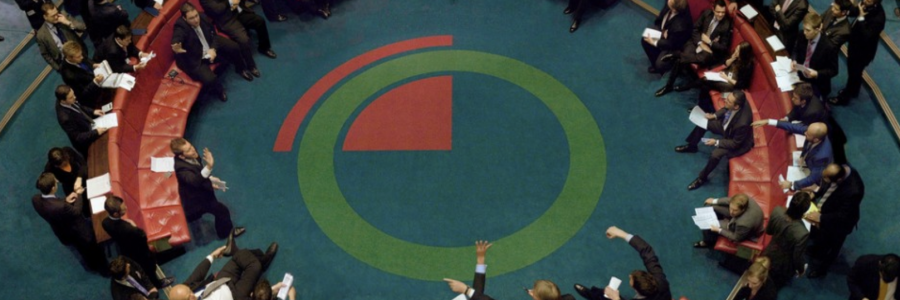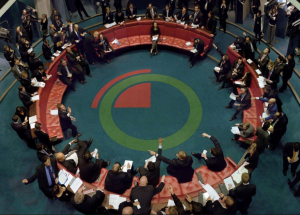
LME red sofa ring trading outcry may be a thing of the past

The London Metal Exchange (LME) , which has kept with technology has lost volumes to over-the-counter trading, is looking at online platforms for industrial metals to recoup profits from, the growing OYC business according to its CEO.
Several new electronic metals trading sites have emerged recently, while industry sources say established online venues Trayport and EBS are poised to expand into base metals.
The LME is the world’s biggest market for industrial metals has seen volumes decline in recent years, by 7.7 per cent last year. After its fee boost in 2015 prompted some people to switch to the OTC markets.
The LME is owned by Hong Kong Exchanges and Clearing, was looking at working only with platforms targeting the dealer-client market, since the dealer-dealer area could siphon liquidity from the exchange.
The 140-year-0ld LME will start a trail for a couple of months that see the Red sofa “Ring” a thing of the past., if it does not stand up to scrutiny against electronic prices.
The Ring dates from the early 19th century when traders in London’s Jerusalem Coffee House would draw a circle in the sawdust on the floor around which traders would convene to by and sell metals and these traders formed the LME in 1877. Traders on the ring shout out to sell and buy orders in five minute sessions for each metal using hand signal to confirm orders. Traders were regularly fined for using mobile phone inside the ring.
Trading takes place twice a day at 11:40am and 5 pm.
The prices set by the ring are the official LME prices that are used by the industry for physical contracts among clients and suppliers.
